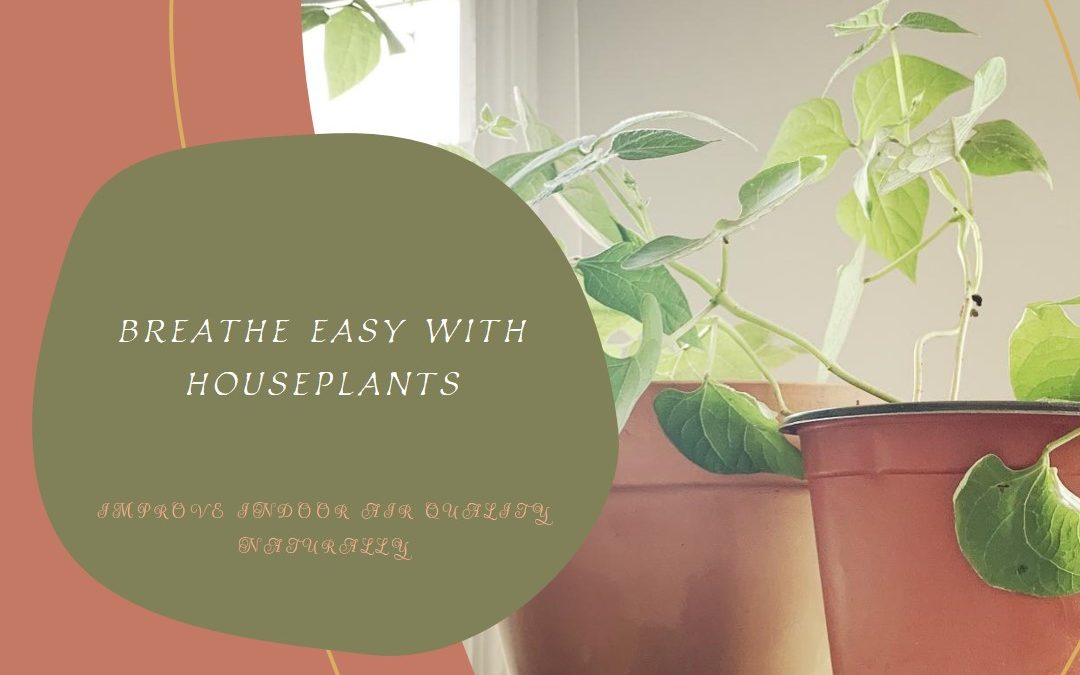Houseplants don’t improve indoor air quality in everyday settings like homes or offices. They can absorb some toxins in special lab tests, but you would need a lot of plants to clean the air in normal rooms.
Also, if you water them too much, mold can grow, and dust on the leaves can worsen the air. Even though houseplants make spaces look nicer and can make us feel better, they don’t do much to clean the air where we live and work.
The Reality of Air Purification Through Houseplants
Many of us have heard that houseplants can act as natural air purifiers. Indeed, in laboratory settings, certain plants have been shown to absorb toxins like benzene, formaldehyde, and trichloroethylene. The conditions in these studies are often ideal and not representative of typical home or office environments.
A critical review published in the Journal of Exposure Science & Environmental Epidemiology in 2019 points out that the air-cleaning effect of houseplants is much less in ordinary indoor settings.
The effectiveness of plants in purifying air depends on factors such as the number of plants per square meter and the room’s ventilation. Many plants would be needed to improve air quality.
For instance, some estimates suggest more than a dozen mature plants per square meter. This is not feasible in a home or office without turning the space into a virtual jungle.
Challenges with Houseplants in Indoor Environments
While living in a green, plant-filled environment might sound appealing, several downsides exist. Overwatering plants can create conditions ripe for mold growth, exacerbating allergies and impacting respiratory health. Furthermore, plants can collect dust on their leaves, and pests living in indoor plants may affect air quality.
Another important factor is the actual air exchange rate in a room. Most studies praising the air-cleaning properties of plants are conducted in sealed environments with controlled air introduction. In contrast, typical rooms have higher air exchange rates, which diminishes the effect plants can have on improving air quality.
Ventilation and Room Size: Critical Factors
The size of the room and the ventilation rate are critical in determining how effective plants can be in purifying the air. Larger rooms with more air movement require even more plants to achieve the same level of pollutant reduction found in lab studies. This makes it even more impractical for average homes and offices to rely on plants to improve air quality.
Aesthetic and Psychological Benefits
Houseplants offer significant aesthetic and psychological benefits despite their limited capacity to purify air. They can enhance a space’s visual appeal, making environments more pleasant and relaxing. Studies have shown that greenery in indoor spaces can boost mood, reduce stress, and increase productivity and creativity.
Recap
Houseplants add beauty and a sense of well-being to indoor spaces but aren’t very effective at cleaning the air. You would need a lot of plants to make a real difference, and keeping so many plants can lead to other problems like mold and pests.
This makes houseplants more of an extra help rather than a main solution for cleaner air. To improve indoor air quality, it’s better to focus on enhancing ventilation systems or using air purifiers to remove indoor pollutants.


